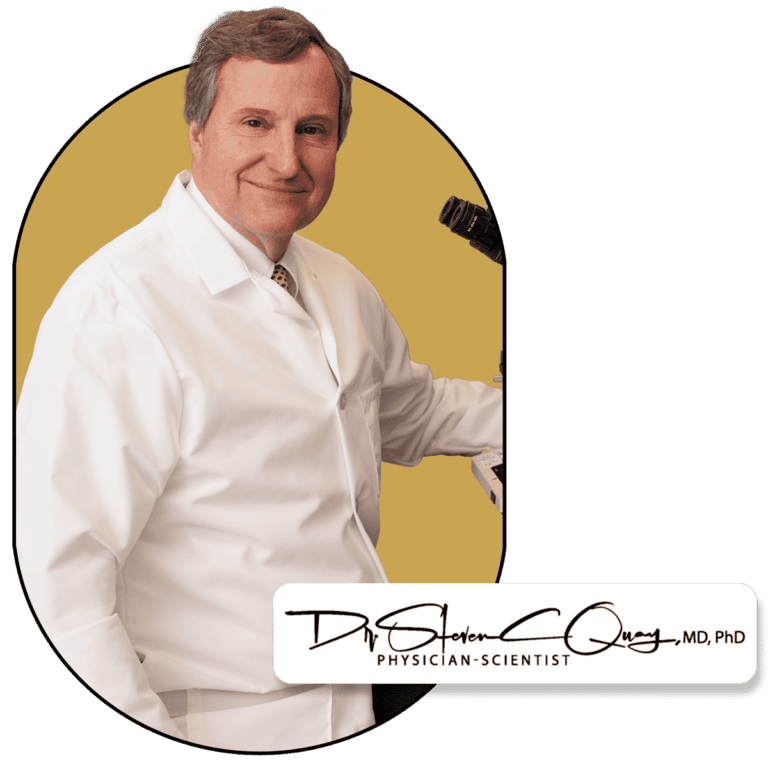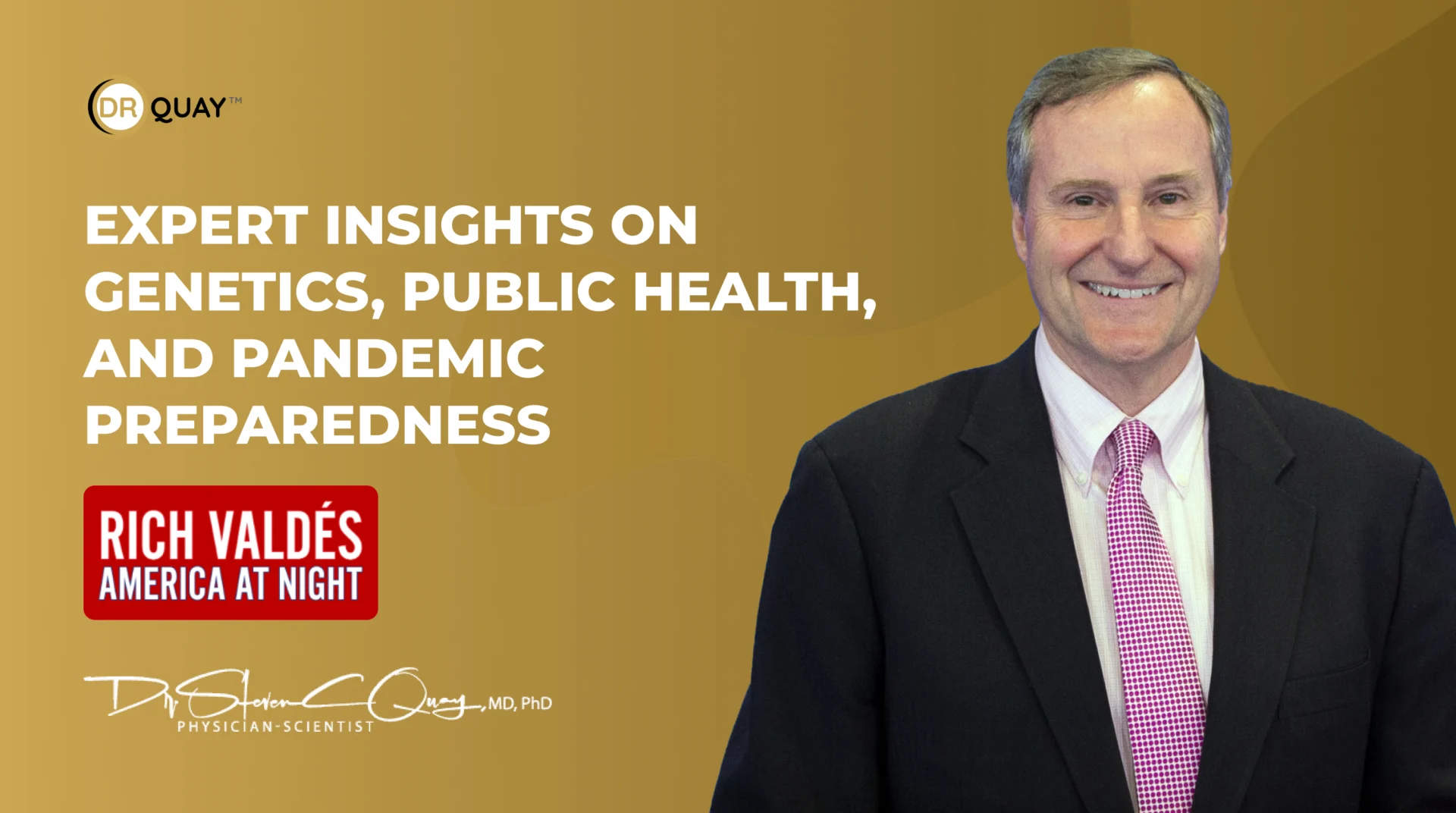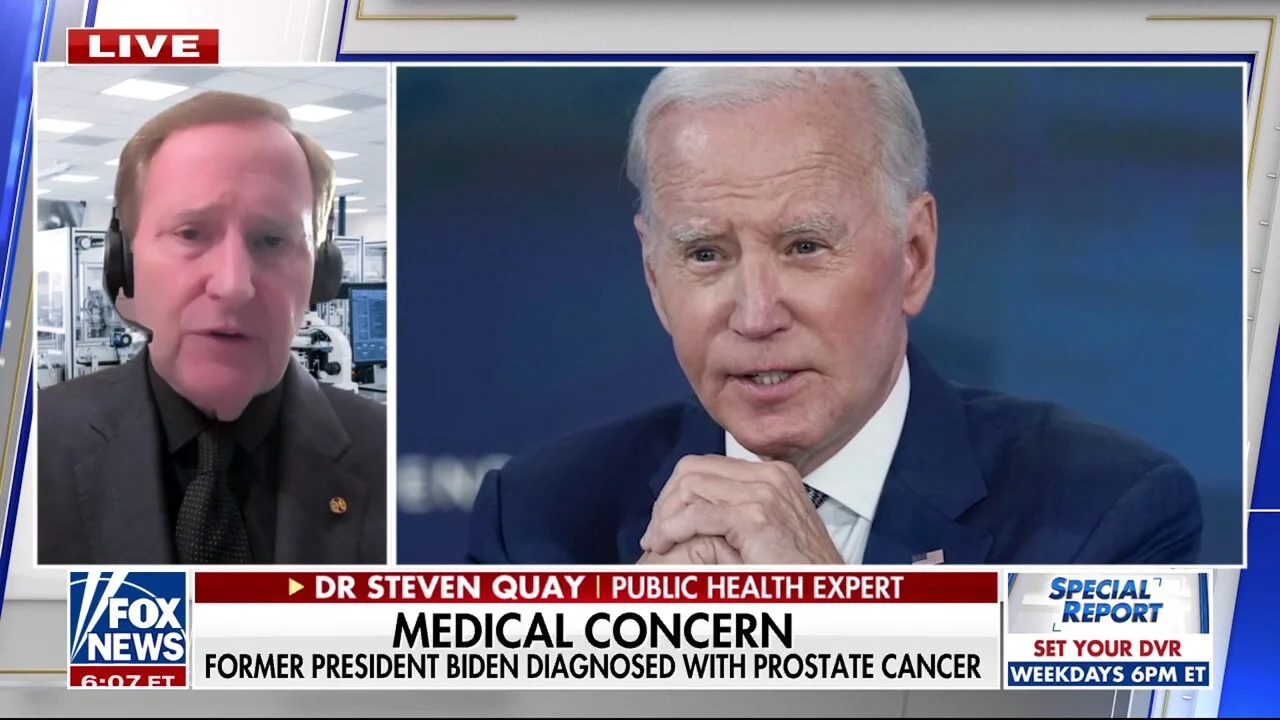Analysis
- If it was believed that the pandemic began in December 2019 then the epidemiology of patients from December 2019 would be helpful in identifying the origin of the infection. If the December cases are appearing weeks or months after the Index Case, then the December epidemiology is less valuable.
- Nonetheless, the earliest data on the relationship to the Huanan market, which has never been refuted, documents three of the first four cases had no relationship to the market.
- Abundant evidence exists that the first patient with COVID-19 was in Wuhan, China and was infected sometime between the end of September 2019 and late November 2019. This includes Worobey’s own prior work.
- We do not know who that first patient is, where they lived, their market association, etc.
- By early December the ‘spacio-temporal’ signal from the unknown ‘Index Patient’ was lost through repeated human-to-human transmission. Therefore, classifying or reclassifying one of the three early patients with no exposure to the market to a later infection date does not change the probative value of those early cases, which is minimal.
- The uncritical media response to this paper suggests a desire to close the debate on the origin of SARS-CoV-2 and to undermine the extensive evidence which is most consistent with a non-spillover event as the origin.




